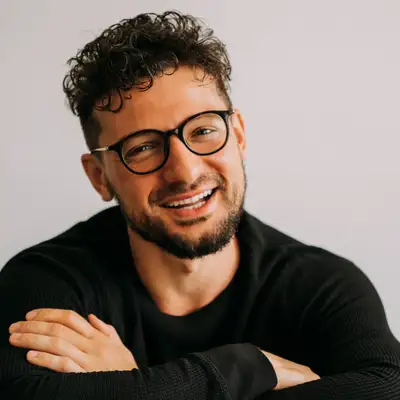Jane Austin: On Design Leadership and the Role of a Designer
Jane and I talk about her opinions of what's the most crucial aspect of being a design leader, quantifying the value of our design work, and what we can do to support designers who are just starting out.
Connect with Jane
Connect with Jane
Selected links from the episode
Creators and Guests

